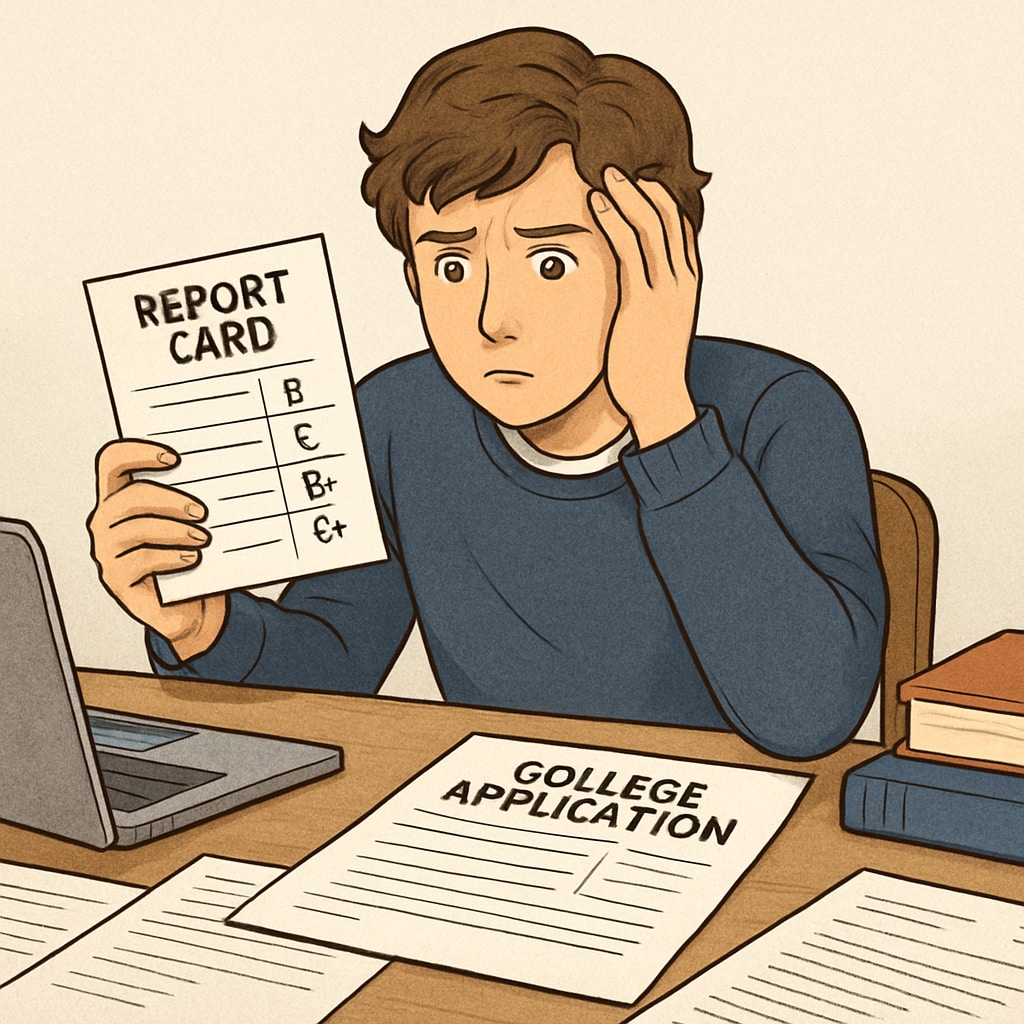For many high-achieving students, the dream of attending Harvard University can feel like the pinnacle of academic success. But what happens when that dream is overshadowed by a low grade in a mandatory course? Whether it’s a 69% in a challenging class like CALM (Career and Life Management) or another required subject, students and parents alike often wonder if such a grade could jeopardize their chances of acceptance. This article explores the potential impact of low grades on elite university admissions, highlights Harvard’s holistic review approach, and provides actionable advice for overcoming academic setbacks.
Understanding Harvard’s Holistic Admissions Process
To evaluate whether a single low grade could ruin your Harvard aspirations, it’s crucial to understand their admissions philosophy. Harvard, like many elite universities, employs a holistic review process. This means that admissions officers consider a variety of factors beyond just grades, such as extracurricular involvement, leadership qualities, personal essays, and letters of recommendation. According to Harvard’s official website, they prioritize applicants who demonstrate exceptional promise, intellectual curiosity, and a commitment to making an impact.
However, academic performance still plays a key role. Consistently strong grades in challenging courses signal that a student can handle Harvard’s rigorous curriculum. A single low grade, especially in a mandatory course, may raise questions, but it is unlikely to be the sole reason for rejection. Admissions officers often look at the broader context—was this grade an anomaly, or part of a larger pattern? Did the student take steps to improve afterward?

How a Low Grade in a Mandatory Course Can Be Addressed
If you’re a student who has received a low grade in a required class, it’s important to take proactive steps to mitigate its impact. Here are some strategies:
- Show Improvement: Demonstrate upward academic trends by excelling in subsequent courses, particularly in the same subject area.
- Explain the Context: Use your application’s additional information section to provide context for the low grade. Was it due to personal challenges, an adjustment period, or unfamiliar content? Be honest but concise.
- Highlight Strengths Elsewhere: Emphasize your achievements in extracurriculars, leadership roles, or unique talents to show that you’re a well-rounded applicant.
- Secure Strong Recommendations: Teachers who know you well can attest to your resilience and potential, helping to offset a weak grade.
By taking these steps, you can shift the focus of your application from the low grade to your overall growth and potential.
Lessons from Harvard’s All-Around Approach
Harvard’s emphasis on the “whole person” should encourage students to view academic setbacks as opportunities for growth rather than insurmountable obstacles. Here are key takeaways from their admissions philosophy:
- Resilience Matters: Admissions officers value students who can overcome challenges and learn from their experiences.
- Passion is Key: Whether it’s excelling in the arts, athletics, or community service, showing dedication to your interests can make your application stand out.
- Balance Counts: A perfect GPA isn’t the only path to success. Demonstrating balance between academics, extracurriculars, and personal development is equally important.

Final Thoughts: A Low Grade Isn’t the End
Receiving a 69% or any other low grade in a mandatory course may feel like a major setback, but it doesn’t have to derail your Harvard dreams. By understanding the holistic admissions process, addressing the issue proactively, and focusing on your strengths, you can present yourself as a strong, resilient candidate.
Remember, no single grade defines your future. What matters most is how you respond to challenges and use them as stepping stones toward growth. Even the most prestigious universities value applicants who demonstrate grit, determination, and a commitment to making a difference.
Readability guidance: This article uses short paragraphs and frequent subheadings for clarity. Strategies and takeaways are presented in lists for accessibility. Transition words (e.g., however, therefore, for example) ensure flow and readability.


